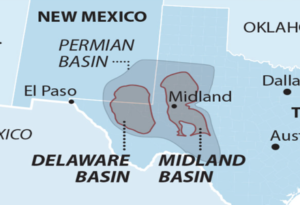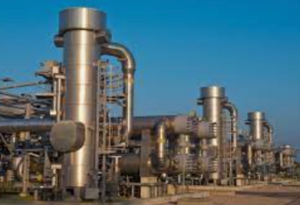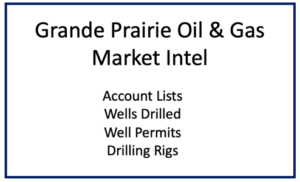The biggest producers in the U.S. oil and gas sector are set to increase their production significantly, largely driven by ongoing mergers and acquisitions (M&A). The top 20 publicly traded oil and gas operators in the U.S. will boost their output by approximately 3 million barrels of oil equivalent per day (boe/d), representing a 16% increase over the last 18 months.

Key M&A Deals and Their Impact
Devon Energy
- Acquisition: $5 billion purchase of assets producing 100,000 boe/d in the Williston Basin.
- Impact: Significant addition to Devon Energy’s production portfolio.
ExxonMobil
- Acquisitions: $64 billion acquisition of Pioneer Natural Resources, adding 700,000 boe/d, and the purchase of Denbury Inc.
- Adjusted Q1 Production: 4.5 million boe/d.
- Additional Benefit: Enhanced carbon capture potential.
Chevron
- Acquisitions: Purchase of PDC Energy and a $60 billion acquisition of Hess Corp.
- Adjusted Q1 Production: Over 3.7 million boe/d.
- Growth Prospects: Expected growth from Hess’ Guyana assets.
ConocoPhillips
- Acquisition: $22.5 billion deal to acquire Marathon Oil.
- Adjusted Q1 Production: Closer to 2.5 million boe/d.
Occidental Petroleum
- Acquisition: Ongoing $12 billion acquisition of CrownRock.
- Adjusted Q1 Production: About 1.3 million boe/d.
Chesapeake Energy
- Merger: With Southwestern Energy, surpassing EOG Resources and EQT in gas production.
- Asset Sales: $3.5 billion in Eagle Ford asset sales since the end of 2022.
Diamondback Energy
- Acquisition: $26 billion purchase of Endeavor Energy, adding 360,000 boe/d.
- Adjusted Production: Nearly 1 million boe/d, doubling 2022 levels.
New Entrants in Top 20
- Companies: Civitas Resources, Permian Resources, Chord Energy, and Crescent Energy.
- Reason: Elevated through significant M&A activity since the end of 2022.
Production Growth Insights
- Operational Integration: As noted by Nikki Zenonos, managing director of Evaluate Energy, operational integration post-acquisition can delay the immediate impact on aggregate production.
- Trend: Despite potential delays, the production growth trend is evident, particularly among the largest operators.
- Portfolio Reevaluation: Large M&A deals often lead to portfolio reevaluation, where some assets might be deemed non-core and potentially divested.
Conclusion
The ongoing M&A activity in the U.S. oil and gas industry is poised to significantly increase production rates among the top operators. As these deals conclude and companies integrate new assets, the full impact on production will become more apparent, further consolidating the position of the largest players in the industry.























